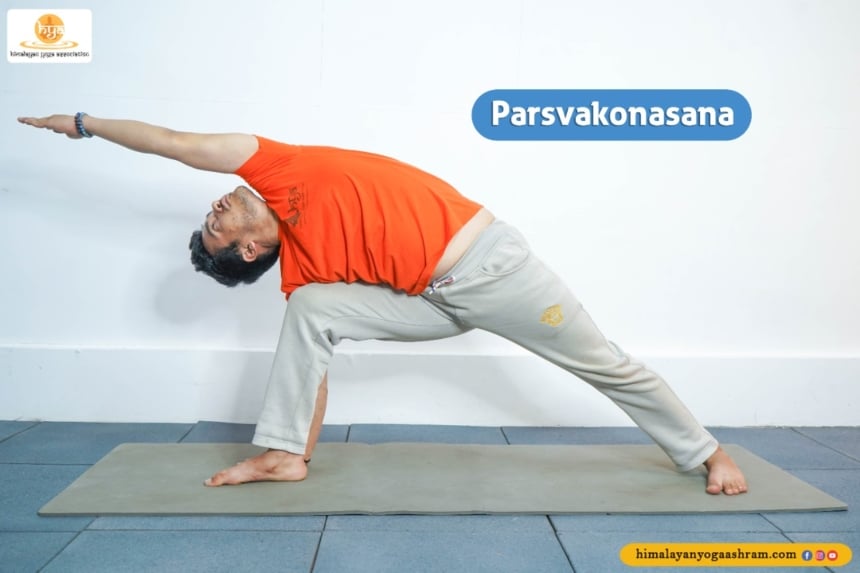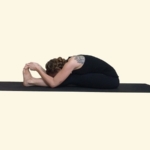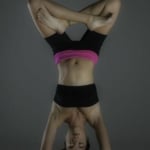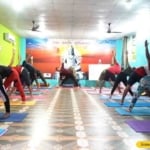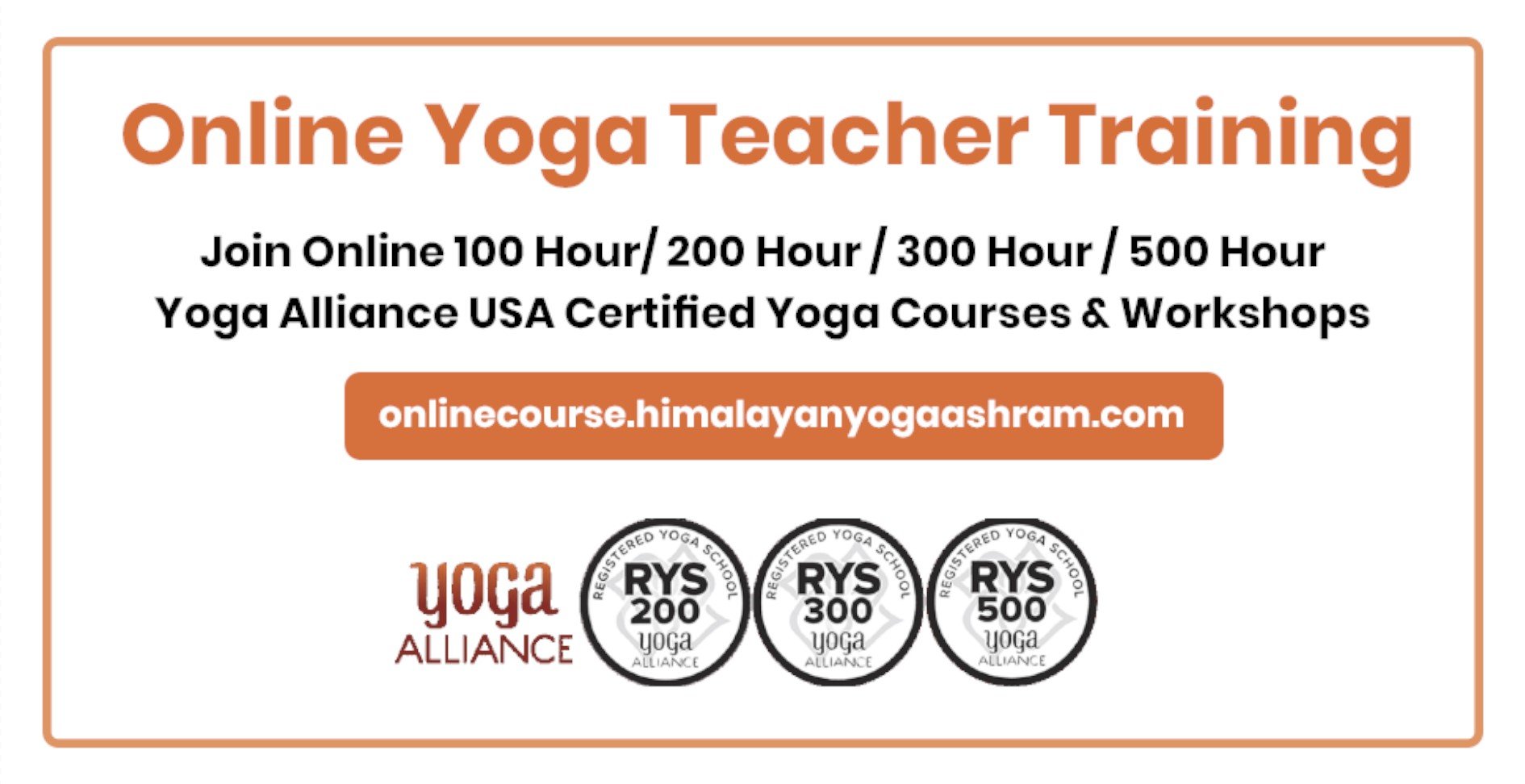Parsvakonasana (Side Angle Pose)
By Himanshu JoshiYogaashtanga yoga, Parsvakonasana, yoga asanaParsvakonasana (Side Angle Pose)
In Sanskrit “Parsva” means “side” and “Kona” means “angle”, “asana” meaning is pose. English name “Side angle pose”.
Position : Standing
Type : Balancing
Spiritual Awareness : Manipura
Physical Awareness : Legs, ankles, groin, chest, lungs, shoulders, spine, abdomen.
Dosha Suitability : Vata and Kapha
Introducery Asanas : Siddhasana, Supta Padangusthasana, Virabhadrasana II, Virasana
Procedure of Parsvakonasana (Side Angle Pose):
1. Stand erect, feet together, arms at your sides. With an exhalation, step or lightly jump your feet to shoulder width apart. Raise your arms sideways, to shoulder level so that they are in a straight line, palms down. Wrists should be in a line with ankles. (Beginners can brace their back heel or the back of their torso against a wall if they feel unsteady in the pose.)
2. Turn your right foot out to 90 degrees and your left foot in to 45 degrees. Firm your thighs and turn your right thigh outward, so that the center of the right knee cap is in line with the centre of the right ankle.
3. Exhale, keeping your arms parallel to the floor, moving your torso to the right and bending your right knee over the right ankle, so that the skin is perpendicular to the floor. If possible, bring the right thigh parallel to the floor. Rotate your hip joint outwards.
4. Rest your right onto your right thigh, palm facing upwards. Extend your left arm straight up toward the ceiling, and then turn the left palm towards your head and with an inhalation reach the arm over the back of your left ear, palm facing the floor. Stretch from your left heel through your lef fingertips, lengthening the entire left side of your body. Hold this position, breathing normally. Look up to your left arm.
5. When you are comfortable with the above sequence, exhale and press your right palm (or fingertips) on the floor just outside of your right foot, your torso will press down onto (or as close as possible to) the top of the right thigh. The inside of your right thigh should be parallel with the long edge of your sticky mat.
6. Hold this position, eyes closed, breathing normal. Inhale to come up, pushing both heels strongly into the floor and reach the arm forcefully toward the ceiling to lighten the upward movement. Reserve the feet and repeat for the same length of time to the left.
Followup Asanas:
1. Baddha Konasana
2. Malasana
3. Bakasana
Spotlight effects: Legs, ankles, groin, chest, lungs, shoulders, spine, abodomen.
Physical Benefits of Parsvakonasana (Side Angle Pose):
1. Strengthens and stretchs the legs, thighs, knees, and ankles.
2. Stretches the groins, spine waist, back, chest, lungs, and shoulders.
3. Stimulates abdominal organs.
4. Tones muscles of the heart and enhances lung capacity.
5. Improves balance, stamina, and endurance.
Therapeutic Relevance and Benefits, Helps with:
1. Lower backache
2. Constipation
3. Infertility
4. Sciatica
5. Osteoporosis
Precautions and Contraindications of Parsvakonasana (Side Angle Pose):
1. If you have any neck problems don’t turn your head to look at the top arm; instead look straight ahead with the sides of the neck lengthened evenly, or look down at the floo.
2. Headache
3. Knee and ankle injuries
4. High or low blood pressure
5. Insomnia
Top Related Post
- Factors That Cause Diseases
- Human Personality Mindset Types (Three Gunas) – Sattvik | Rajshik | Tamsik

